

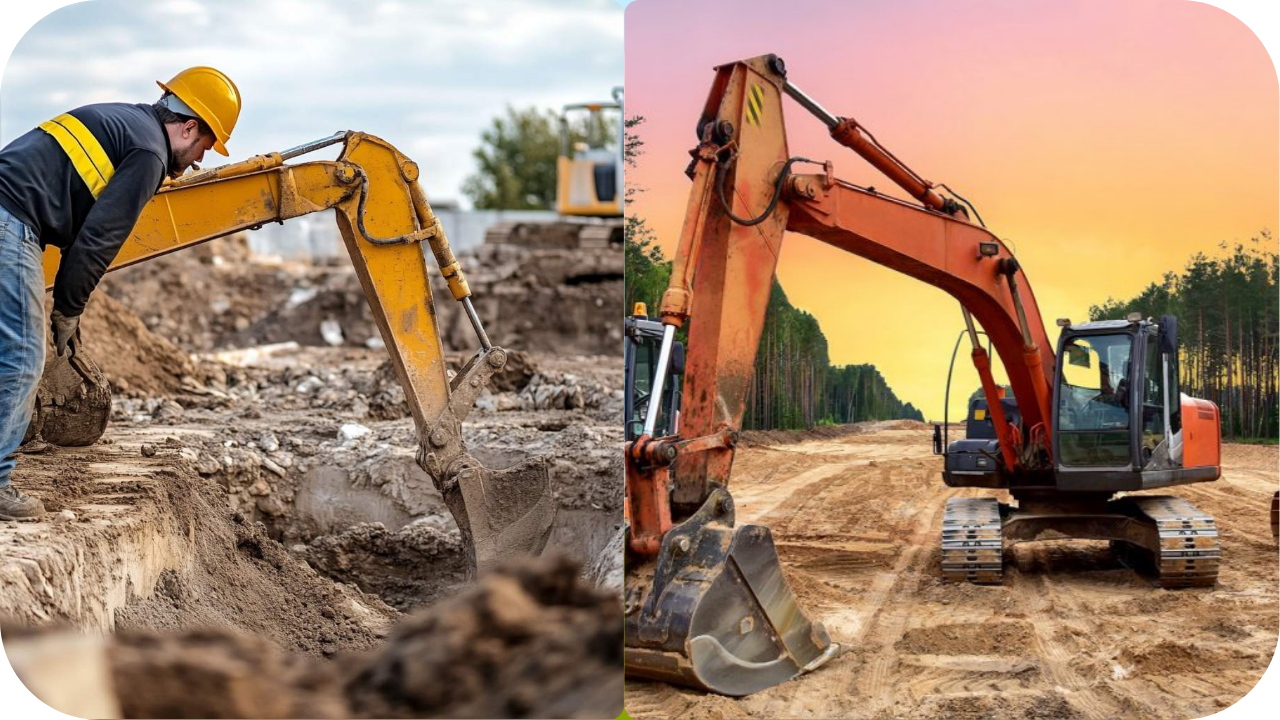
Getting your site prep wrong can cost thousands in delays and repairs. Yet many Aussies still confuse benching with grading!
These terms might sound similar, but they serve different purposes. Pick the wrong one, and you risk unstable foundations, drainage issues, or worse, failed inspections.
In this guide, we break down site benching and grading in plain English. You’ll learn when to use each method, how they work, and why choosing the right one makes all the difference in your build.
Site benching is a method used to stabilise sloped land during excavation or construction. It involves cutting horizontal steps, or “benches,” into a slope to create level working areas.
These benches reduce the risk of soil erosion and make the site safer for workers and machinery. This technique is especially useful on steep blocks where a flat foundation is not naturally available.
Benching helps prevent landslides and improves access for builders, making it easier to move equipment and materials across uneven terrain. The width and depth of each bench depend on the soil type, the slope's steepness, and the project's requirements.
Engineers and excavation experts usually determine these dimensions to ensure safety and compliance with local regulations.
This method is often employed in residential developments, road construction, and retaining wall projects. When done correctly, benching provides a safer and more stable foundation, making it a critical step in preparing challenging sites for construction.

Site grading is the process of reshaping the land to create a level and stable base for construction. It involves moving soil to adjust the slope of the ground, ensuring proper drainage and a solid foundation.
The main goal is to prevent water from pooling near structures, which can lead to damage or erosion over time.
Grading can involve cutting into high areas, filling in low spots, or both. It is typically done before any building begins and plays a key role in landscaping, roadwork, and foundation preparation.
There are several types of grading, including rough grading for initial shaping and finish grading for the final surface.
The process requires heavy machinery and skilled operators who understand how to work with various soil types and site conditions. Proper site grading not only supports the structure above but also improves the overall safety and usability of the land. It is a vital part of any successful building project.
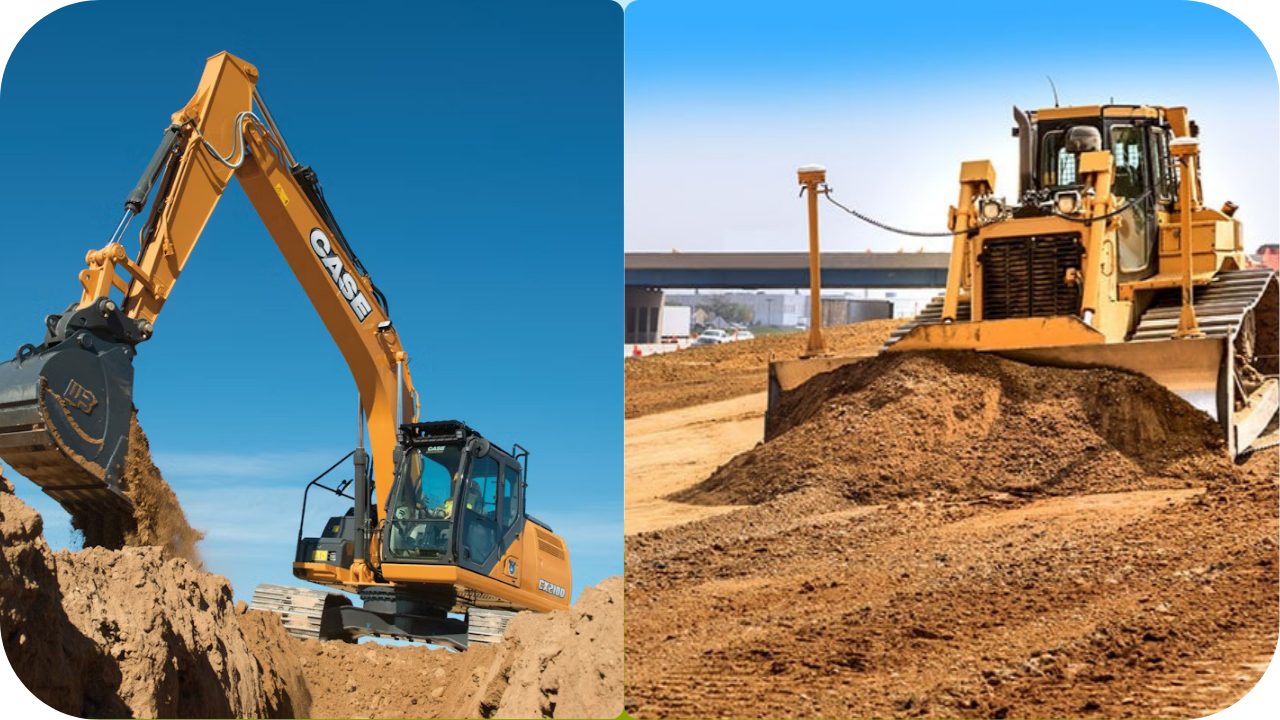
Choosing between site benching and grading shapes drainage, stability, and cost outcomes. Here’s what sets these methods apart clearly.
Site benching is used to create level steps on sloped land, providing stable platforms for construction and access. It is ideal for steep sites where erosion and stability are concerns.
Site grading, in contrast, reshapes and levels the land to prepare for drainage and foundations. It is commonly used on flatter sites to direct water flow, reduce pooling, and create a workable surface for your project.
Benching involves cutting into the slope to create horizontal platforms, leaving exposed edges that resemble steps across the site. This method requires precise planning to maintain stability and manage water flow across the steps.
Grading focuses on cutting and filling to reshape the surface, creating gradual slopes for drainage. The process generally involves large machinery and careful levelling to ensure the ground is even and prepared for building works.

Benching can be more labour-intensive due to the careful cutting and stabilisation required on slopes. It may require additional erosion control measures and retaining structures, which could increase your site preparation costs.
Grading tends to be more cost-effective on suitable sites, using heavy machinery to level out the land efficiently. Equipment choices also differ, with benching often requiring smaller, more precise machinery, while grading utilises large graders and dozers for broader reshaping.
Site benching enables water to flow down the slope gradually, thereby reducing the speed of water flow and the associated erosion risk. However, it requires careful planning to manage water across each bench.
Grading is specifically designed to control drainage by shaping the surface to direct water away from structures and low areas. This method can prevent water pooling and protect your foundation, making it ideal for areas with drainage issues that require a clear and managed solution.
Benching is commonly used on residential or commercial projects located on steep or challenging terrain, where stability is a primary concern. It suits retaining walls, hillside developments, and areas where stepped access is needed.
Grading is widely used across residential developments, landscaping projects, and commercial builds on flat sites. It provides a clear, level base for foundations, driveways, and landscaping while ensuring proper site drainage before construction begins.
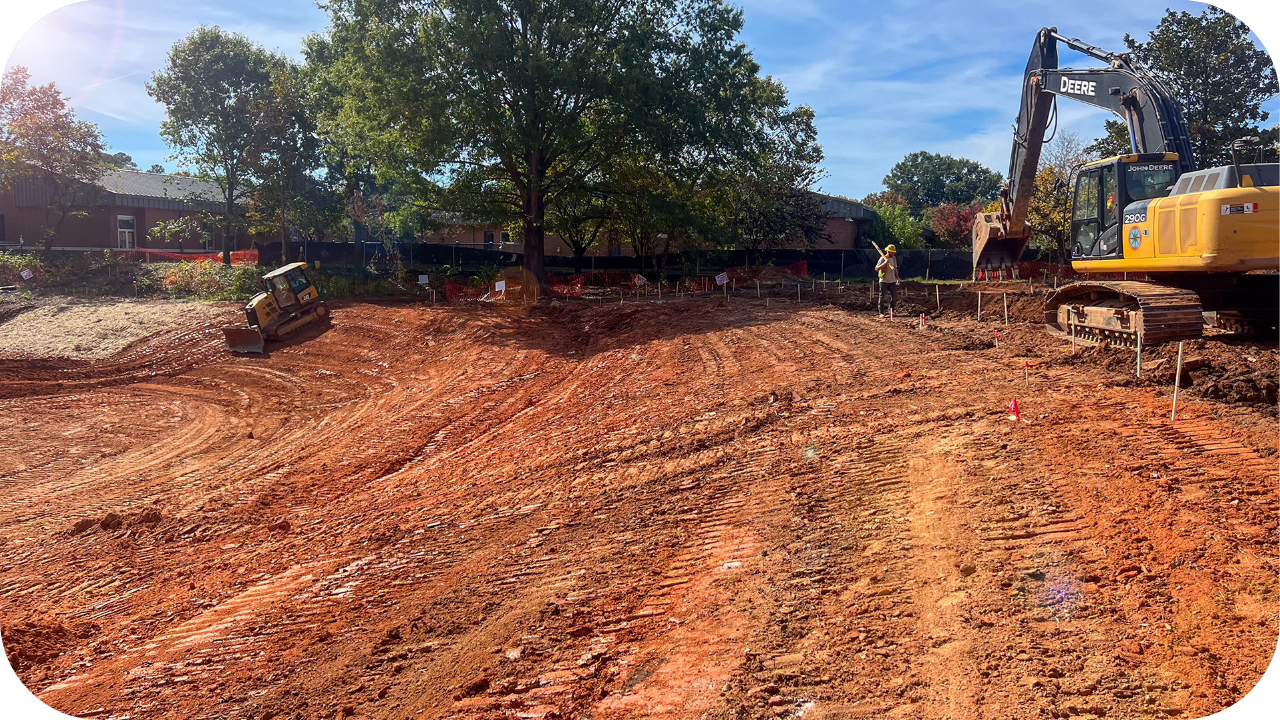
Choosing the right method is crucial, as it impacts safety, drainage, stability, and costs, making it essential to assess key site factors before making a decision. Here is what to consider:
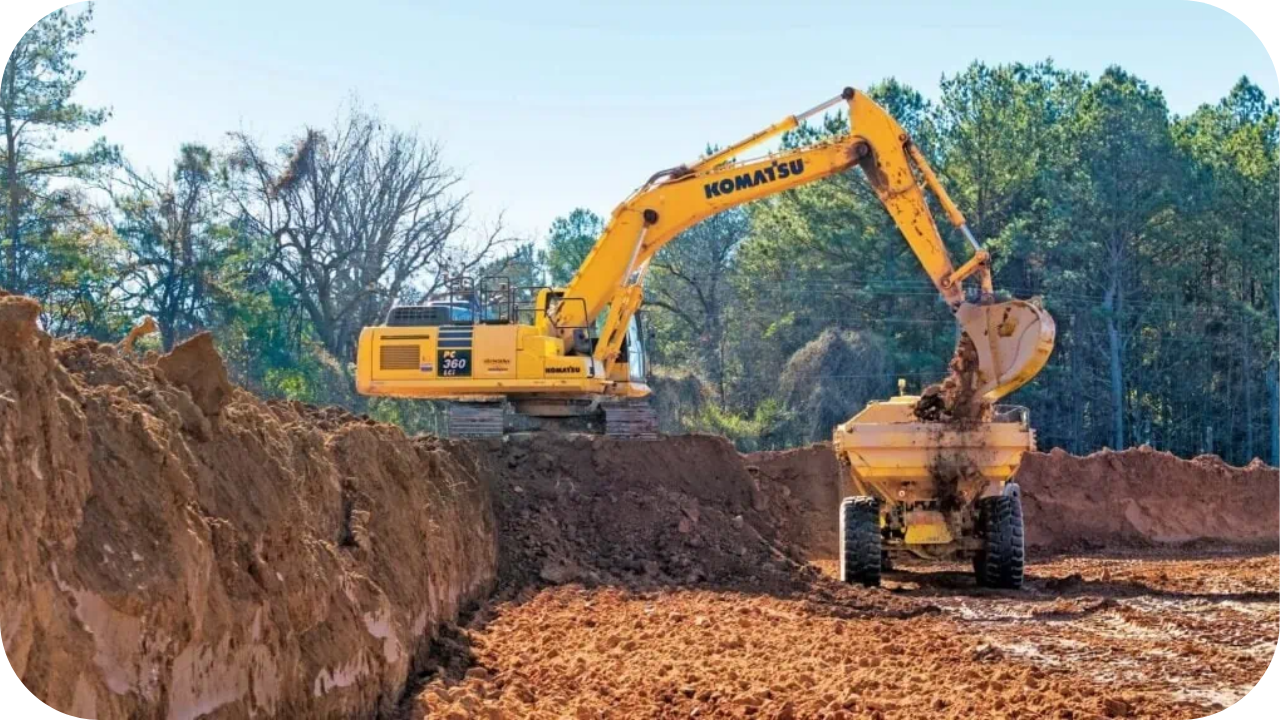
Avoiding common site prep mistakes saves you money, time, and stress while ensuring your build starts on solid, compliant ground. Here is what to avoid:

At Urban Pour, we understand that proper site preparation is the foundation of any successful construction project. Whether it’s a steep block that requires careful benching or a flat site that needs precise grading, our team approaches every job with a tailored strategy.
We don’t believe in one-size-fits-all solutions. Instead, we assess the land thoroughly and apply the right technique to ensure stability, safety, and long-term performance.
Our crew utilises state-of-the-art machinery, combined with years of experience, to shape the land with precision. We handle everything from erosion control to water drainage, ensuring your site is ready for the next stage of construction.
Safety is a top priority in every job, and we adhere to industry best practices to minimise risks and deliver clean, compliant results.
With Urban Pour, you get more than just earthworks. You get a partner committed to doing things right the first time. Let us help you build on solid ground, every time.
Choosing between site benching and grading shapes your project’s success, safety, and drainage outcomes. Each method serves unique site conditions, impacting stability, cost, and timelines. Don’t leave your preparation to chance.
At Urban Pour, we ensure your site is handled with precision and expertise, saving you headaches in the long run. Ready to prepare your site the right way? Contact Urban Pour today and start your project with confidence.
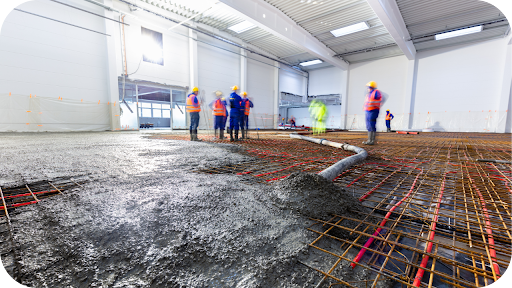
Choosing the right concrete contractor in Melbourne ensures strength, safety, and long-term value. Learn how Urban Pour delivers precision, quality, and trusted results on every project.
See more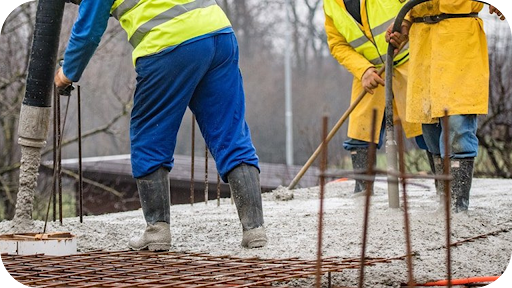
Concrete pumping gives Melbourne builders faster, cleaner, and safer pours. Learn why it’s the go-to method for efficient, high-quality concrete placement on any site.
See more
Residential concreting gives Melbourne homes lasting strength and modern appeal. From driveways to interiors, Urban Pour delivers durable, design-focused results built for beauty and longevity.
See more